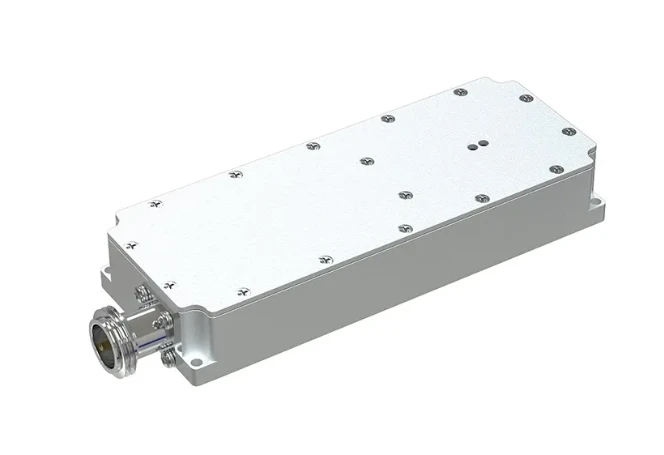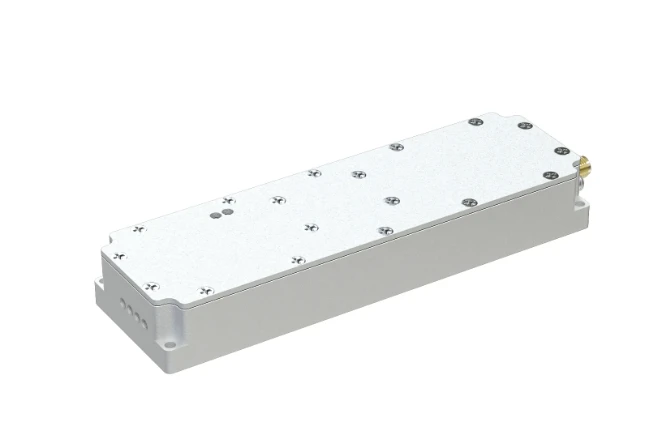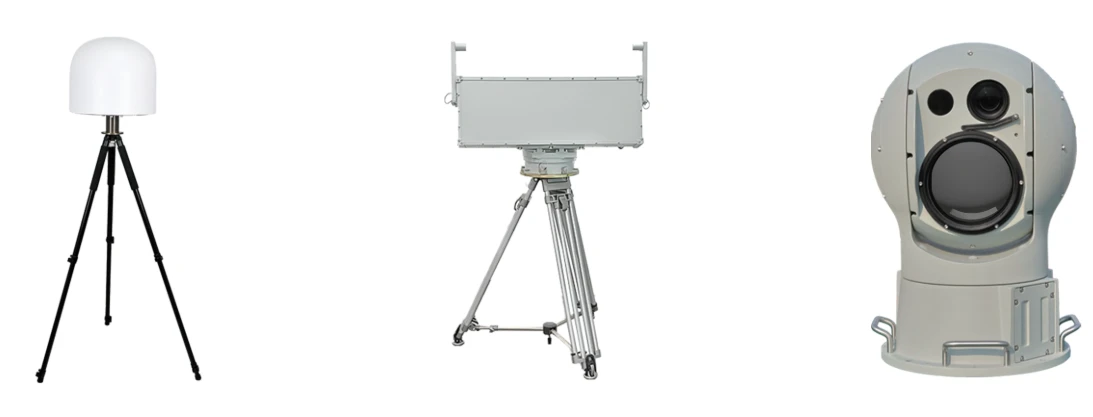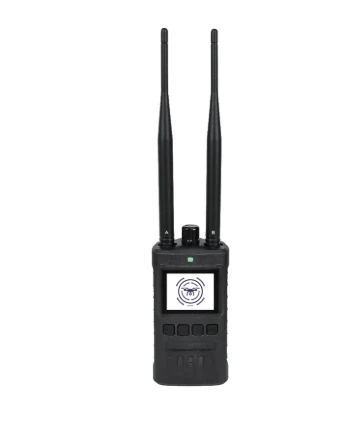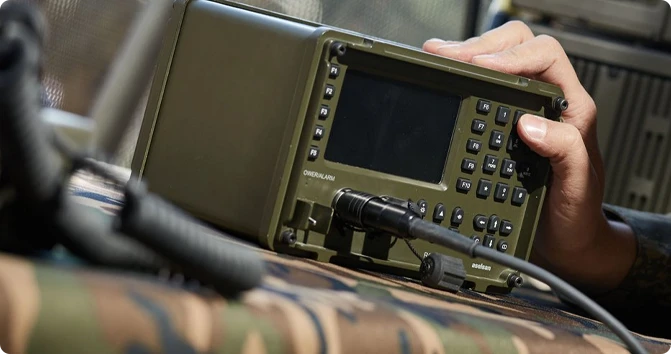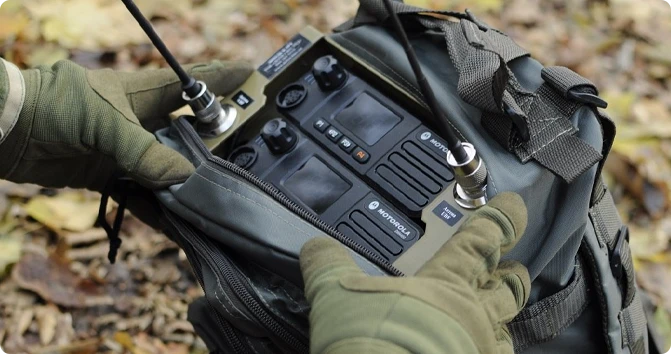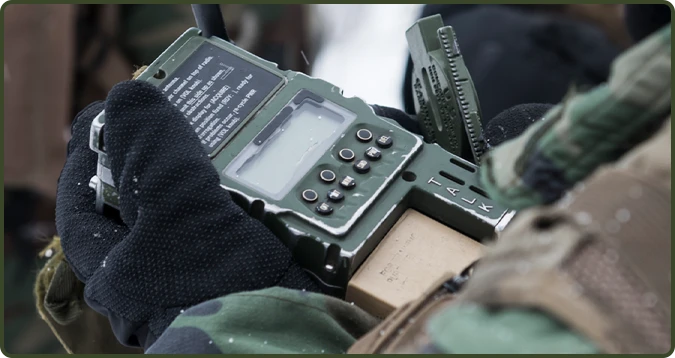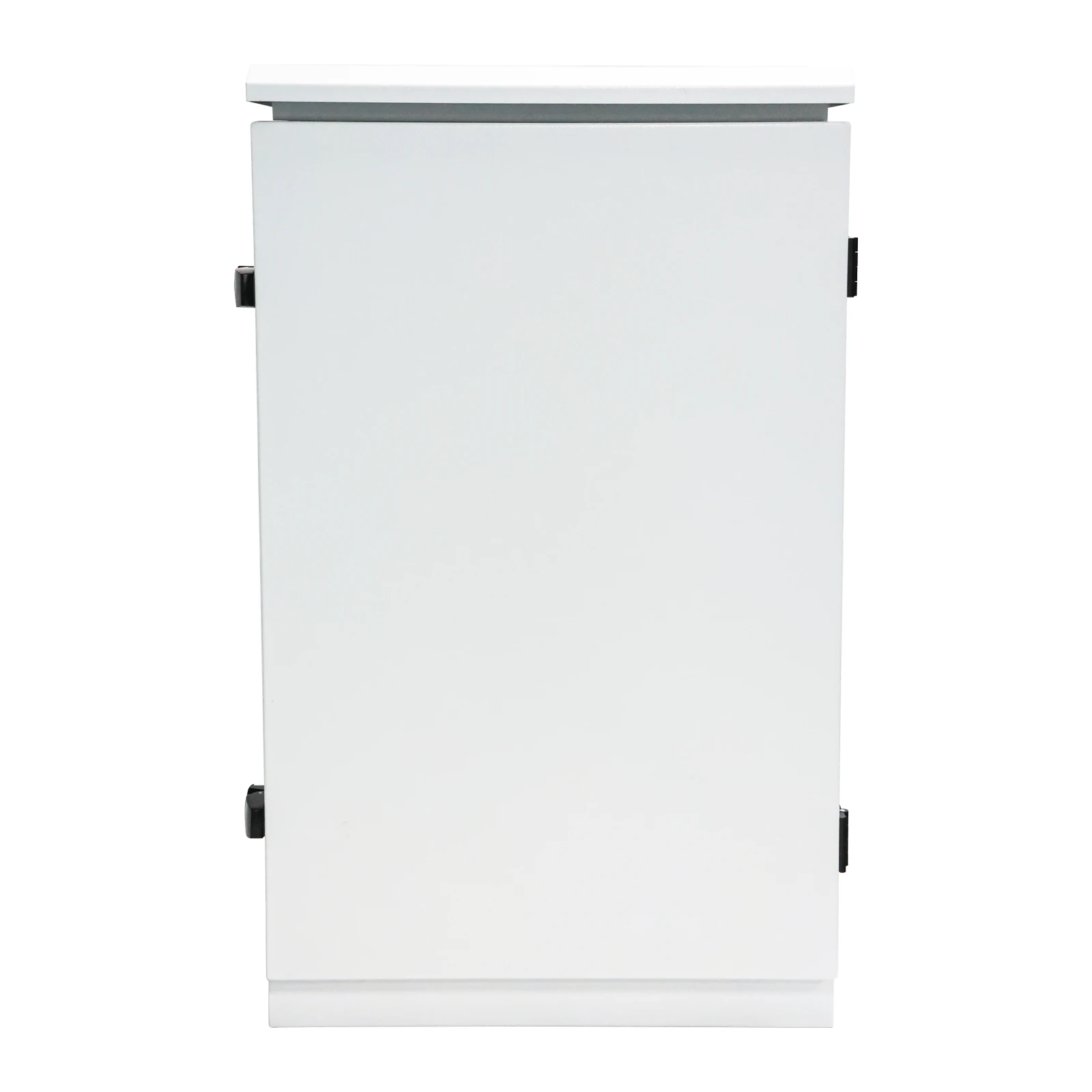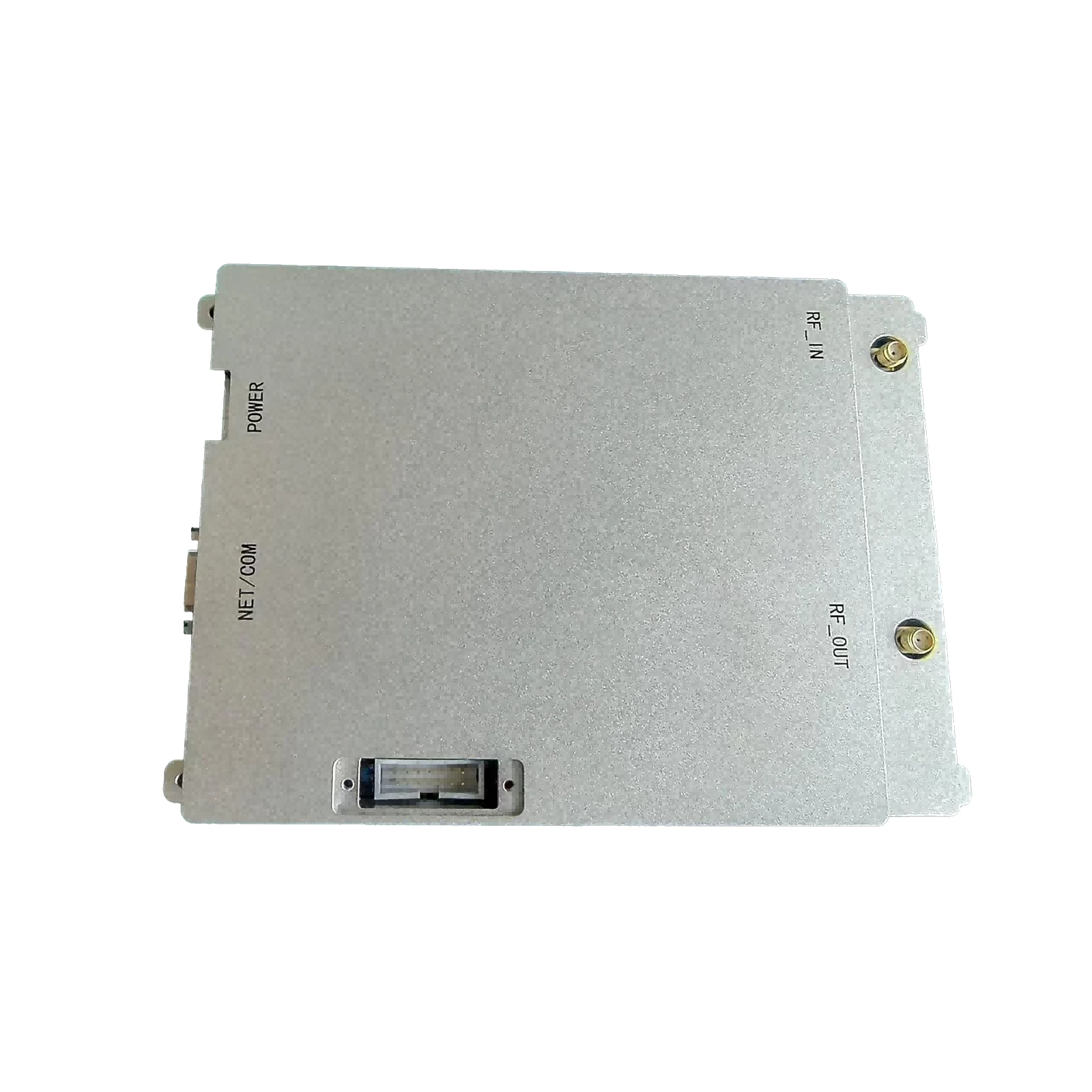Radio Frequency Detectors for Signal Optimization
In today’s interconnected world, wireless communication systems are the backbone of many industries, from telecommunications to smart homes. As we rely more on wireless networks, ensuring optimal signal strength, minimizing interference, and maximizing network reliability have become top priorities. One of the most effective ways to optimize wireless signal performance is through the use of radio frequency detectors. These devices help technicians and network engineers to accurately measure signal strength, identify interference, and adjust antennas to improve wireless communication quality. The importance of a radio frequency detection device in achieving seamless wireless communication cannot be overstated.
How a Radio Frequency Detector Improves Wireless Signal Performance
A radio frequency detector plays a crucial role in improving wireless signal performance by enabling professionals to measure and monitor the strength of RF signals. This measurement is essential in identifying areas where signal strength may be weak or compromised. A radio frequency detection device can detect signals across a wide frequency range, allowing engineers to pinpoint weak spots in a wireless network and take the necessary steps to enhance coverage.
One of the primary applications of a radio frequency detector in wireless optimization is signal strength measurement. By using the detector, professionals can determine the exact power level of a signal in different areas of a network. This information is critical because it helps identify zones of signal degradation or dead spots where the network may struggle to maintain a stable connection. For example, in a large office building, a radio frequency RF detector can be used to pinpoint specific areas where Wi-Fi performance is suboptimal. Once the weak spots are identified, network engineers can adjust the placement of access points, add repeaters, or modify the antenna configuration to improve signal strength.
Detecting Interference with a Radio Frequency Detection Device
Another significant benefit of using a radio frequency detection device is its ability to detect and diagnose interference. Interference can severely impact the performance of wireless networks, leading to slow speeds, dropped connections, and increased latency. Interference often arises from other electronic devices that emit RF signals, such as microwaves, cordless phones, or even nearby wireless networks operating on the same frequency.
A radio frequency detector can help identify the source of interference by detecting signals that are outside the designated frequency bands of the wireless network. For instance, if a Wi-Fi network operates on the 2.4 GHz band, the radio frequency detection device can pinpoint any unwanted signals in this range, such as those emitted by other devices like Bluetooth or baby monitors. Once the interference source is identified, steps can be taken to mitigate the issue, such as changing the Wi-Fi channel, relocating devices, or adding shielding to reduce signal disruption.
By effectively identifying and mitigating interference, the radio frequency RF detector allows wireless communication systems to operate more smoothly and reliably, improving both the quality and performance of the network.
Optimizing Antenna Placement with a Portable RF Detector
A key aspect of wireless signal optimization is the proper placement and adjustment of antennas. Whether you're optimizing a home Wi-Fi network or setting up a large-scale enterprise network, antenna placement plays a critical role in ensuring strong and consistent signal coverage. A portable RF detector can be an invaluable tool for professionals to fine-tune antenna positions and maximize coverage.
The beauty of a portable RF detector is that it allows users to quickly and easily test the signal strength at various points around the space. For example, when setting up a Wi-Fi network in a large building, engineers can carry the portable detector around to different rooms and areas to measure the strength of the signal at each location. This on-the-go measurement makes it much easier to identify the optimal locations for antenna placement. The results from the radio frequency RF detector will indicate which areas of the building receive weak or inconsistent signals, enabling engineers to adjust the placement of access points or antennas for better coverage.
Moreover, a portable RF detector can help ensure that antennas are positioned to minimize signal degradation and maximize performance. Proper antenna positioning can significantly reduce interference, eliminate dead zones, and ensure a more stable and reliable wireless connection.
Maximizing Wireless System Reliability with Radio Frequency RF Detectors
Maximizing the reliability of a wireless communication system is essential for ensuring consistent performance, especially in environments where high-speed internet or real-time communication is necessary. Radio frequency RF detectors are designed to provide valuable insights into the behavior of RF signals, helping to identify factors that may impact system reliability.
By regularly using a radio frequency detector, network engineers can monitor the overall health of the wireless network and detect potential issues before they affect performance. For instance, fluctuations in signal strength, unexpected drops in connectivity, or sudden increases in interference can all be detected using the RF detector. Early detection allows technicians to address issues proactively, rather than waiting for the network to fail or for users to report connectivity problems.
In high-demand environments like hospitals, factories, or corporate offices, the reliability of wireless communication is crucial. A radio frequency detection device ensures that signals remain stable, which is essential for maintaining real-time communications, secure data transmission, and smooth operation of critical applications. With radio frequency RF detectors, system administrators can continuously optimize and improve their wireless networks, ensuring they meet the highest standards of reliability.
In addition to their ability to identify weak signals and mitigate interference, portable RF detectors are particularly valuable in optimizing network performance on the go. Whether it's for fieldwork, remote installations, or troubleshooting, these compact devices provide the flexibility to make real-time adjustments wherever needed.
The portable RF detector is designed to be user-friendly and provides instant feedback, allowing technicians to make adjustments to the network setup immediately. This can be especially helpful when setting up wireless networks in large venues, such as stadiums, conference centers, or outdoor spaces, where signal strength and coverage can vary drastically based on layout, obstacles, and environmental factors.
Furthermore, the portable RF detector is essential for on-site troubleshooting. If users report poor signal quality in a specific area, the technician can use the radio frequency detection device to measure the signal strength in that area and adjust the equipment accordingly. This kind of immediate, hands-on testing helps to ensure that wireless networks are functioning optimally and provides a quick resolution to connectivity issues.
By using radio frequency RF detectors in various environments, engineers can ensure that wireless communication systems are running smoothly, efficiently, and without interruptions.
Radio Frequency Detectors for Signal Optimization FAQs
What is the purpose of a radio frequency detector?
A radio frequency detector is used to measure and optimize the strength of radio signals in wireless communication systems. It helps identify areas of weak signal, interference, and improper antenna placement, ensuring better network performance.
How does a radio frequency detection device help with signal interference?
A radio frequency detection device helps identify sources of interference by detecting unwanted RF signals that may be affecting the network. Once the interference is identified, steps can be taken to reduce or eliminate it, improving overall signal quality.
Can a portable RF detector be used to optimize antenna placement?
Yes, a portable RF detector is highly useful for optimizing antenna placement. It allows technicians to test signal strength in different locations and adjust the antenna configuration for optimal coverage and performance.
How do radio frequency RF detectors ensure network reliability?
Radio frequency RF detectors provide continuous monitoring of the network’s signal strength and identify issues like fluctuations, drops in connectivity, or increases in interference. This allows for proactive troubleshooting and ensures the reliability of the wireless system.
Where can I buy a radio frequency detection device for signal optimization?
You can purchase high-quality radio frequency detection devices directly from our website, where we offer durable and efficient RF detectors designed to optimize wireless communication systems.
-
09 March 2021 07 Jul 2025
-
09 March 2021 07 Jul 2025
-
09 March 2021 07 Jul 2025
-
09 March 2021 07 Jul 2025
-
09 March 2021 21 May 2025
-
09 сакавіка 2021 г. 25 снежня 2024 г.
-
09 сакавіка 2021 г. 14 кастрычніка 2022 г.
-
09 сакавіка 2021 г. 25 снежня 2024 г.



